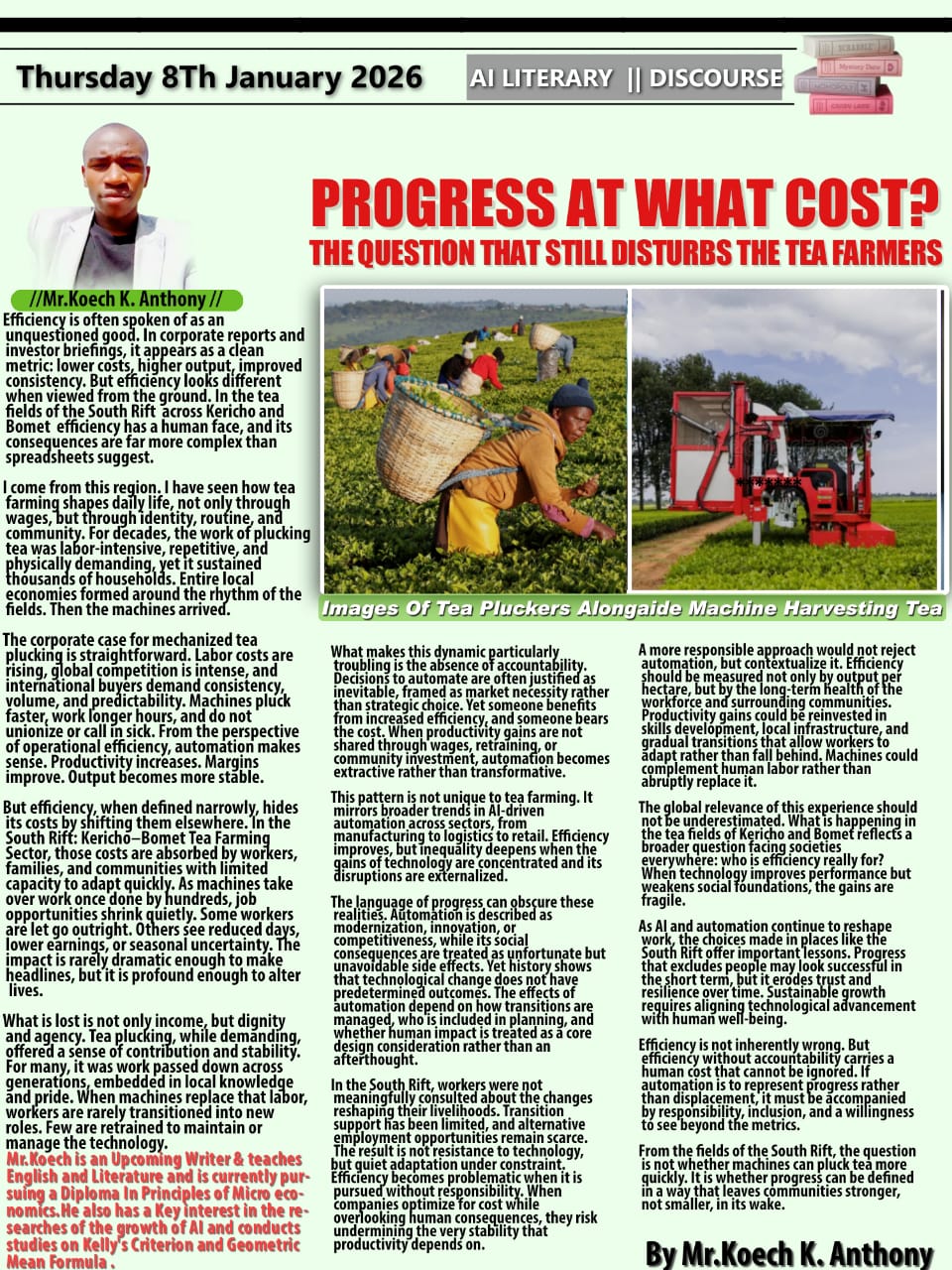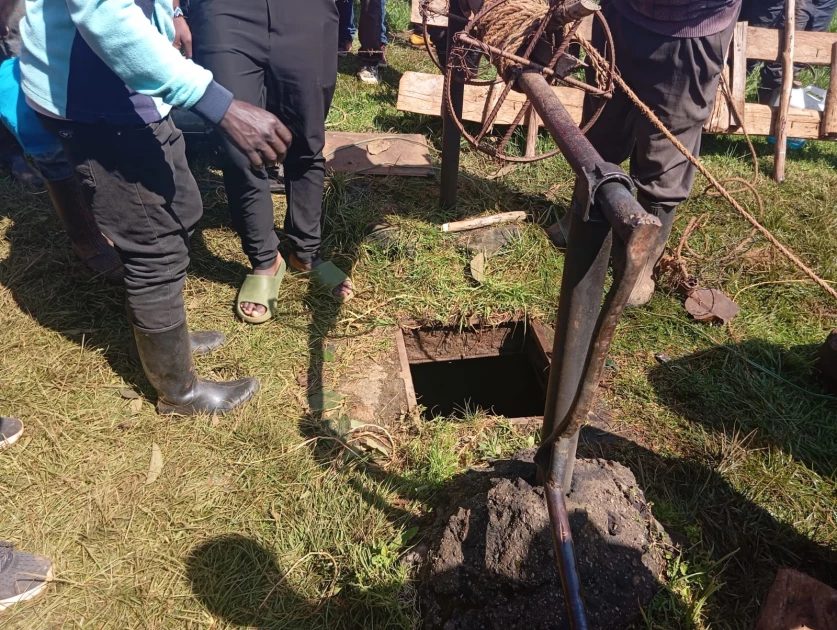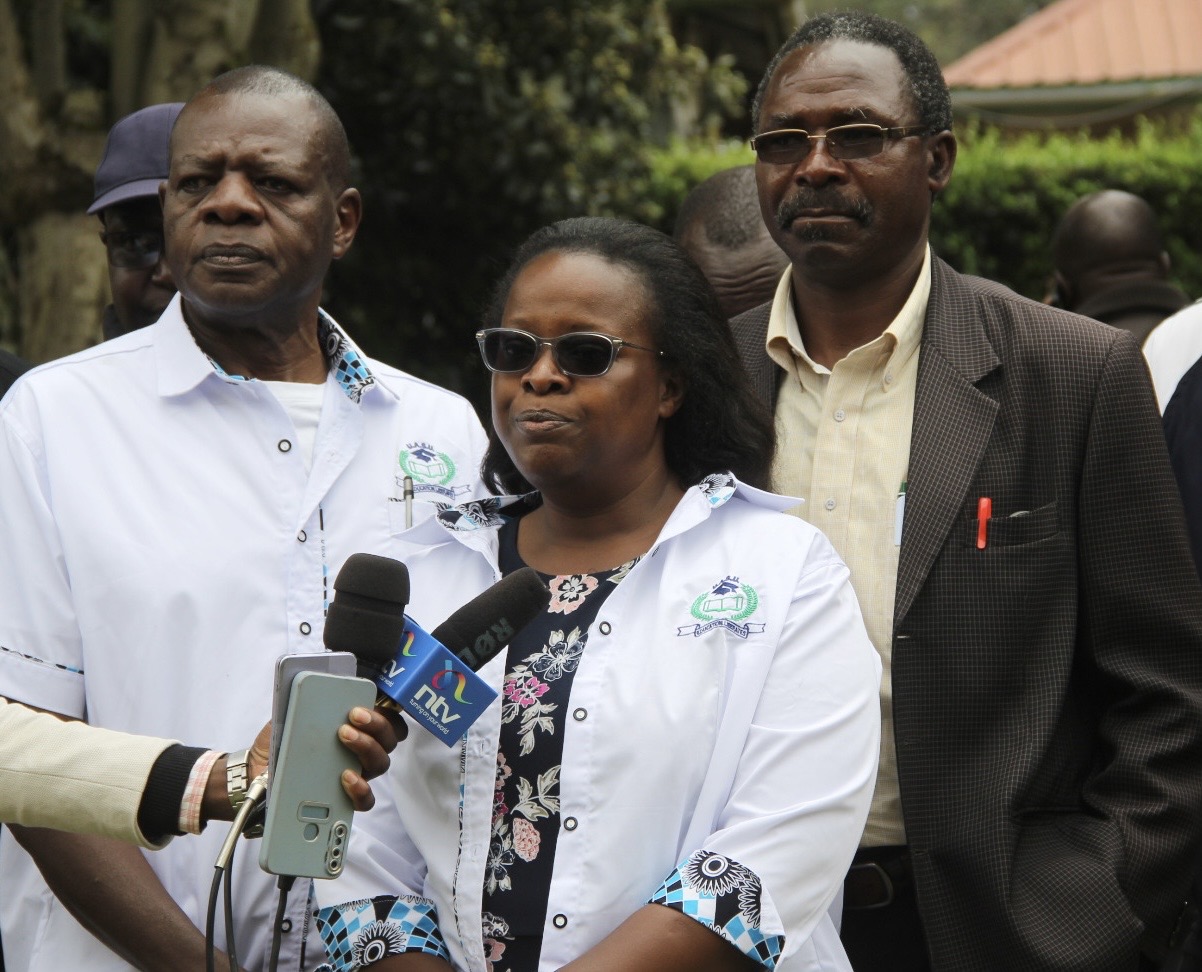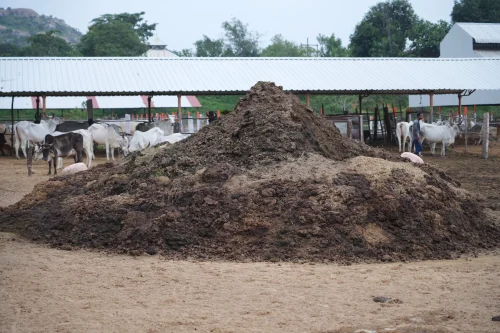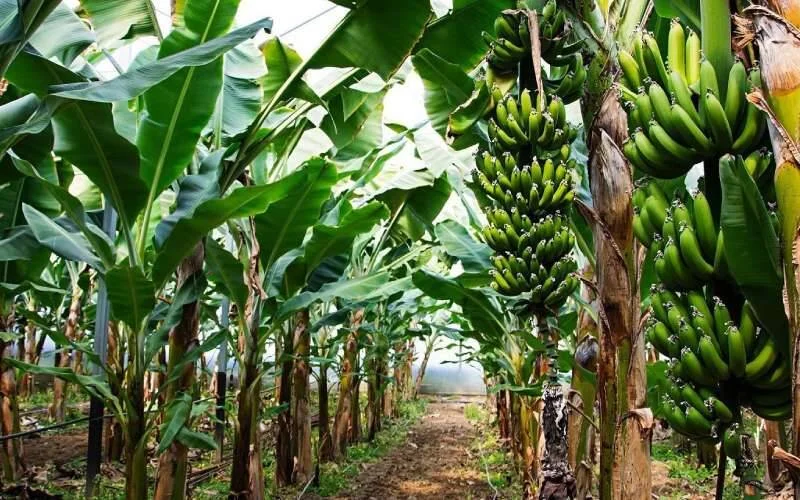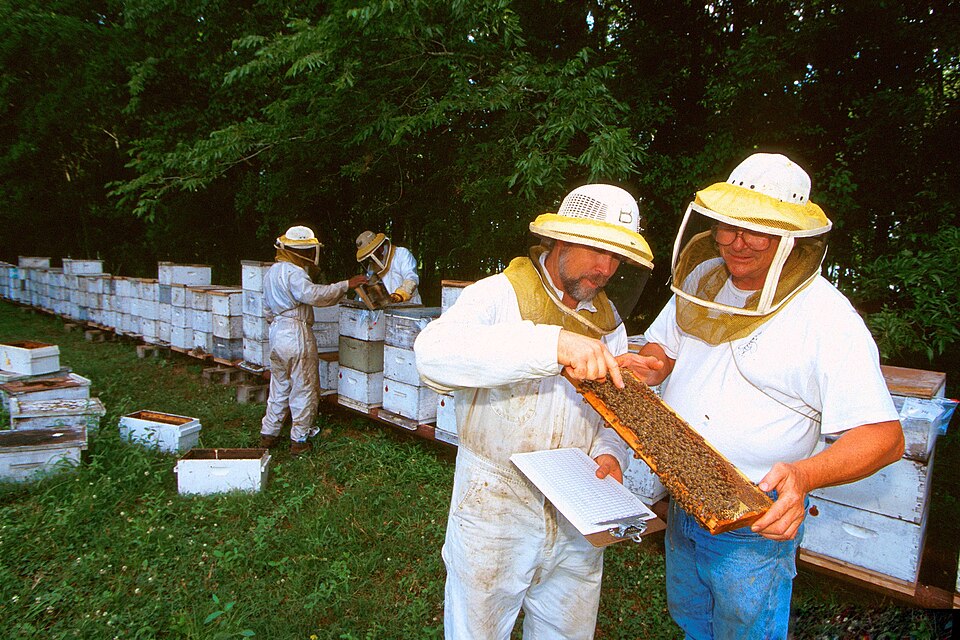Genetic Selection Beyond Milk Yield
The foundation of herd productivity rests in strategic genetics. Progressive dairy farmers now prioritize balanced trait selection that harmonizes production potential with functional resilience. This means evaluating sires not merely for predicted transmitting ability (PTA) in milk volume, but equally for daughter pregnancy rate, somatic cell score, productive life, and feed efficiency. The breakthrough lies in genomic testing heifer calves at birth using tissue sampling. By identifying which animals carry the ideal combination of A2 beta-casein genes, kappa-casein BB variants for superior cheese yield, and thermotolerance markers, farmers can accelerate genetic progress by 50% compared to traditional pedigree selection. Culling decisions transform from guesswork to data-backed strategy—investing rearing resources only in heifers with genomic merit rankings in the top 30% of the breed.
Precision Nutrition Engineering
Optimal milk synthesis demands exact nutrient delivery synchronized to each cow's lactation curve. The frontier lies in dynamic ration formulation where near-infrared spectroscopy (NIRS) analyzes forage quality in real-time as silage is fed out. These instant dry matter, protein, and fiber readings integrate with milking parlor yield data to adjust TMR compositions hourly. For high-producing cohorts exceeding 45kg/day, strategic supplementation with rumen-protected amino acids (lysine, methionine) and targeted glucogenic precursors (propylene glycol) prevents energy deficits. Crucially, successful operations now employ feed efficiency monitoring through automated weigh-cells in feed bunks, identifying individual cows converting feed to milk below herd benchmarks for timely intervention.
Transition Period Mastery
The 21 days pre-calving through 30 days post-calving dictate lactation success. Leading farms implement modulated dry cow protocols where far-off dry cows receive high-fiber, low-energy rations on pasture, while close-up groups transition to controlled-energy diets with metabolically active minerals (choline, selenium, vitamin E). Post-calving, "fresh cow watches" utilize automated health monitoring systems tracking rumination minutes, activity levels, and milk conductivity. The critical innovation is escalating intervention protocols: slight rumination dips trigger diet adjustments; sustained deviations prompt blood beta-hydroxybutyrate (BHB) testing; BHB >1.2 mmol/L activates intravenous calcium-borogluconate and oral propylene glycol protocols. This tiered approach slashes clinical disease incidence by 60%.
Reproductive Efficiency Systems
Maximizing lifetime yield requires 12-14 month calving intervals achieved through hormone-free estrus detection. Advanced systems combine multiple indicators: accelerometers detect mounting activity; rumination collars identify characteristic 20% decreases; in-line milk progesterone sensors confirm hormonal shifts. The integration point is algorithmic breeding windows—systems that analyze all data streams to pinpoint the optimal artificial insemination (AI) timing for each cow. For repeat breeders, genomic screening identifies subfertility markers, allowing strategic use of sexed semen on genetically superior animals while breeding others to beef sires.
Hoof Health Preservation Protocols
Lameness represents the third-largest economic drain after reproduction and mastitis. Prevention-centric farms implement bi-annual functional hoof trimming by certified technicians using tilt tables, supplemented by footbath rotation protocols (copper sulfate and formalin alternated weekly). Crucially, gait scoring every 15 days identifies subtle mobility changes before lesions develop. Cows scoring >2.5 on the 5-point scale receive immediate therapeutic trimming. Flooring design receives equal attention: grooved concrete with rubber matting in feed alleys, combined with 12-hour/day pasture access during dry periods, reduces mechanical stress.
Mastitis Defense Networks
Controlling somatic cell counts (SCC) demands a multi-barrier approach. Pre-milking hygiene involves dedicated udder towel usage (one cow/one towel) with iodine-based dips. Post-milking sealants form physical barriers against environmental pathogens. In the parlor, automated cluster removal settings adjust by lactation stage to prevent overmilking. The game-changer is bacterial culture-based treatment: milk from clinical cases is streaked on chromogenic agar plates, enabling targeted antibiotic selection rather than broad-spectrum protocols. For chronic cases, genomic testing identifies Staphylococcus aureus carriers for segregation.
Heat Stress Abatement Architecture
Production plummets when temperature-humidity index (THI) exceeds 68. Modern facilities deploy integrated cooling systems:
- Cross-ventilation tunnels with 15km/hour airspeed
- Low-pressure soakers cycling 90 seconds on/15 minutes off
- Supplemental shade structures blocking 80% solar radiation
Rations are reformulated with buffered electrolyte packages (sodium bicarbonate, potassium chloride) and increased digestible fiber. Night grazing strategies exploit natural temperature nadirs.
Data Integration Command Centers
The operational brain is a centralized dairy management platform ingesting data from:
- Milking robot yield/quality metrics
- Feed bunk consumption monitors
- Wearable health trackers
- Environmental sensors (THI, ammonia)
Artificial intelligence identifies correlations invisible to humans—like the impact of barometric pressure drops on rumination—enabling preemptive interventions.
Pasture Optimization Strategies
For grass-based systems, rotational grazing precision is paramount. Satellite-guided fencing creates paddocks sized for 12-hour grazing bouts. Plate meters measure residual sward height, triggering rotations at the ideal 3.5-4cm residual. Multi-species forage blends (ryegrass, plantain, chicory) boost dry matter intake while reducing nitrogen excretion.
Waste-to-Value Conversion
Manure management transitions from disposal challenge to revenue stream via:
- Anaerobic digesters producing pipeline-quality renewable natural gas
- Solid-liquid separation creating low-odor bedding
- Phosphorus recovery systems extracting fertilizer-grade struvite
- Constructed wetlands polishing effluent for irrigation reuse
Robotic Milking Optimization
For automated systems, traffic flow engineering is critical. Three-lane configurations (milking, feeding, resting) with strategic gating prevent bottlenecks. Robot settings are customized by lactation stage:
- Fresh cows: 4x/day milking with extended stimulation
- Peak lactation: 3x/day with maximum cluster attachment time
- Late lactation: 2x/day with reduced vacuum
Workforce Development Frameworks
Labor efficiency requires specialized role creation:
- Data herdsmen interpreting analytics dashboards
- Reproductive technicians managing synchronization protocols
- Automation managers maintaining robotic systems
Continuous training programs with skills certification ensure protocol adherence.
Financial Risk Mitigation
Profit protection involves:
- Class III futures hedging locking in milk prices
- Feed cost insurance against commodity volatility
- Revenue diversification through value-added products (yogurt, cheese)
Herd Health Security
Biosecurity transcends vaccination to include:
- Closed herd policies with PCR testing of all incoming stock
- Boot dip stations with virucidal disinfectants
- Equipment quarantine protocols for service vehicles
Lifetime Performance Tracking
Maximizing lifetime yield requires monitoring:
- Age at first calving (optimized at 22-24 months)
- Days open (target <100)
- Lactation persistency (monthly decline <7%)
- Cull reason analytics identifying systemic issues
Environmental Stewardship Integration
Sustainability certifications increasingly require:
- Enteric methane reduction via 3-NOP feed additives
- Nitrogen budgeting matching application to crop uptake
- Biodiversity corridors preserving native pollinators
Technology Adoption Roadmap
Prioritize investments delivering fastest ROI:
- Automated estrus detection (payback <6 months)
- Feed efficiency monitoring (12-month payback)
- Robotic calf feeders (18-month payback)
Continuous Improvement Culture
Benchmarking against Dairy Herd Improvement (DHI) metrics identifies improvement zones. Monthly review of:
- Energy-corrected milk per cow
- Feed conversion efficiency
- Heat detection rate
- Transition success metrics
drives incremental gains.
The modern dairy maximization model transforms cows into precision-managed bio-assets. By integrating these science-backed strategies—from genomic selection to waste valorization—forward-thinking farmers achieve unprecedented productivity while advancing animal welfare and environmental stewardship. The future belongs to those viewing dairy not as animal husbandry, but as biological systems engineering.

